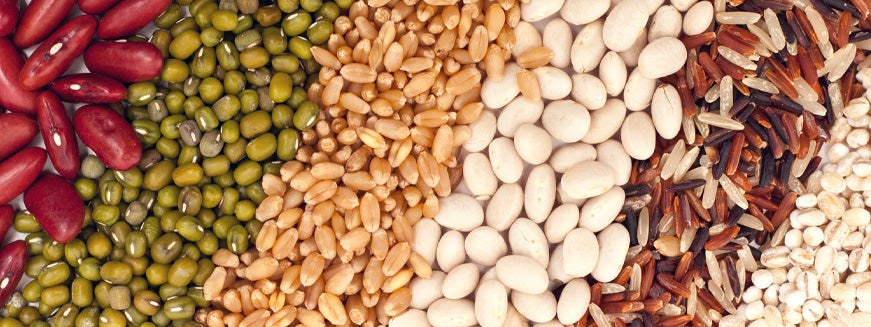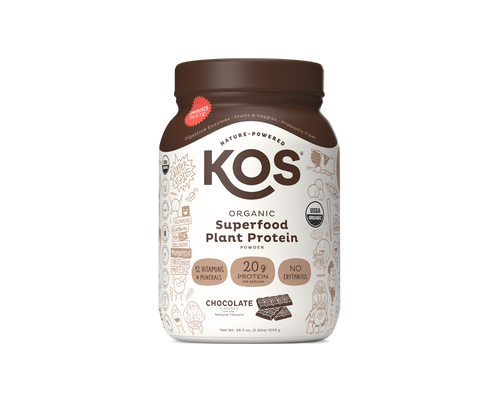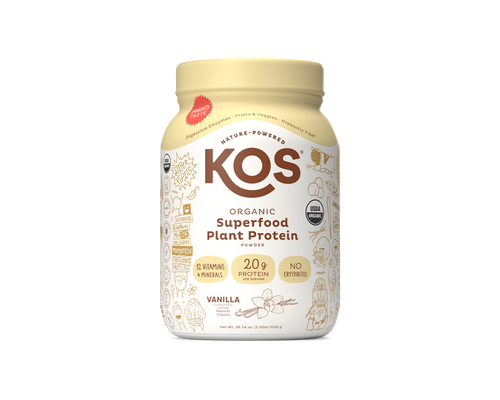Table of Contents
In keeping with their boisterous history, Europe is bracing for yet another revolution – this time an agritech revolution. Western Europe’s more densely populated land mass—~73 people per square kilometer versus North America’s ~23 people per square kilometer—means that “The Continent” (as geographers call it) needs to make moves today that ensure food security tomorrow.
Europe is in Caloric Trouble

Producing enough food for the growing population on the European Continent is not as abstract and distant a problem as it might seem from our comfy position here in the States.
For Europeans it is a looming emergency. Year over year, Western Europe has less food-producing land and more people to feed.
France, through the centuries a rural farm-based economy (and even today a country that gives 50% of its area to agriculture) may just be the canary in the coal mine.
photo by Mathias Reding
France provides fully 16% of the EU’s agricultural land, but is losing about 203,000 acres of farmland every year to development, and to rising costs of production that are driving farmers away from this centuries-old way of life—and system for feeding the populace.
Giving the Land Back to Plants
Now European researchers are intent on coming up with a model that sensibly and sustainably returns a measured proportion of land to plant-based protein, and so ratchets up the yield on dwindling agricultural holdings.
To do this, they’re going to boost the ratio of European acreage given over to protein-rich plant varieties, and then look at infusing these proliferating plant proteins into Europe’s everyday consumables. They are calling the initiative FoodShift2030.
Uh…protein-rich plants? That’s an oxymoron, right?
The Great Sponge Workaround

When we talk about “food” we’re really talking about caloric and protein intake. The essential amino acids that comprise protein are, yes, essential to human life—and animals can’t make the stuff; only plants can do that.
So what do we do? We laboriously—and wastefully—feed "essential amino" plants to our animals, and then we eat the animals. This is like the old adage wherein one cures a pesky headache by feeding aspirin to the family dog and then eating the dog.
It would all seem slightly amusing if it hadn’t led Europe to such a historically dire situation. While a meat-based diet signifies an economically healthy culture and is the prize of the so-called "First World" of wealthier nations, animal agriculture has long been known to be a wildly inefficient use of available food-producing land.
And today that is keeping nearly a billion people starving on their feet, never mind the approaching food production issues in Europe.
Think of slaking a great thirst by pouring a tall glass of spring water onto a sponge, and then gnawing the sponge to get the water back out of it. That is the animal agriculture model. To complete the analogy, though, you're getting a fraction of the water back out of the sponge that you dumped in.

We pour millions of tons of plant protein into raising the cows, pigs and chickens we must then eat to get the plant protein back out of them; and at a huge caloric deficit.
On the crowded European continent nutrition scientists are taking the sensible, if technologically complex, step of going around the “sponge” and reaching directly for the glass of water—plant protein.
New Crops for the Old World
Through new farming and yield management methods, and by effecting a 10% increase in land devoted to vegetable protein, Europe expects to boost plant-protein yield by 25%.
To maximize the yield of protein for the growing population, researchers are focused on the most protein-rich, and otherwise nourishing plants in nature’s arsenal. Quinoa, chickpeas, lentils, buckwheat, and aramanth are nutritious and high in protein, and are leading the initial charge.

13 countries in all are joining forces to get this critically important research project off the drawing board and into European soil. Time is of the essence. Overseen by the Department of Plant and Environmental Sciences at the University of Copenhagen, the consortium of participating countries first came together in 2015. Today the initiative has reached the stage where so-called "living labs"— and the recruitment of townships all over Europe—are being brought to bear on the issue.
A Crucial Demonstration for a Crowded, Hungry Planet
When Europe is able to wholly demonstrate the world-feeding value of making plant protein a mainstream player in the European diet, we’ll be on the road to realizing that plants are not just eye candy for sunlit windowsills. This foundational life form eats the sun's energy and turns it into food. Our food. Okay?
That’s no small thing. The sun’s energy bathing the Earth is what gives us an ecosystem, and Life itself. The plant kingdom is, of course, our sun’s first stop when its life-giving energy makes landfall—and a globally invaluable treasure chest of nourishment whose potential we're just beginning to unlock. Common sense never sounded so exciting.






